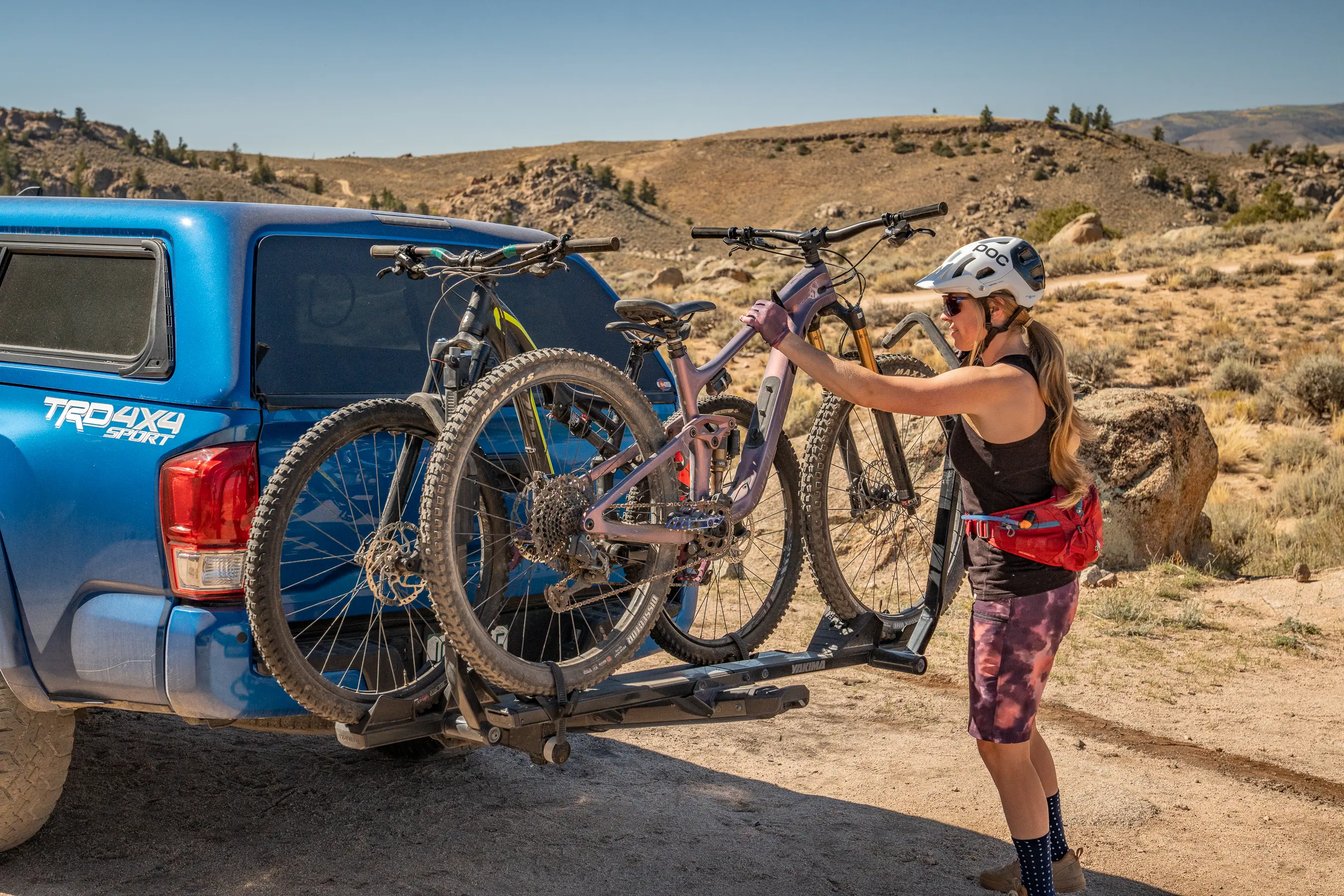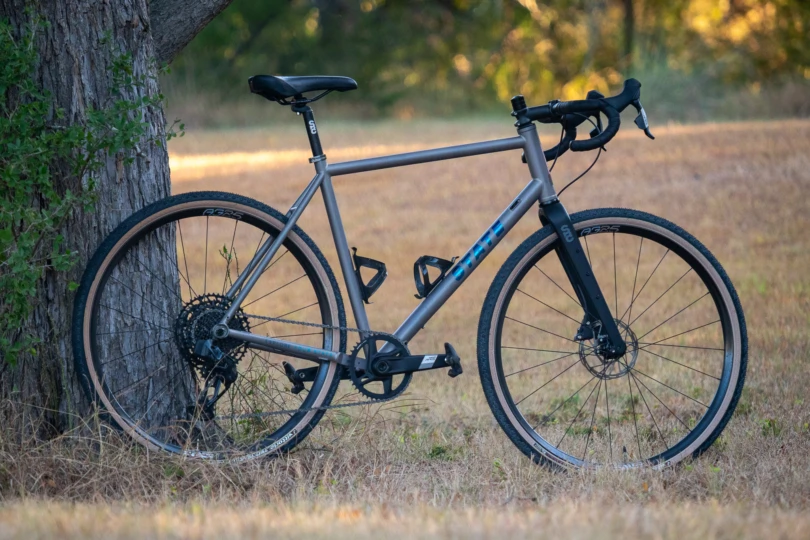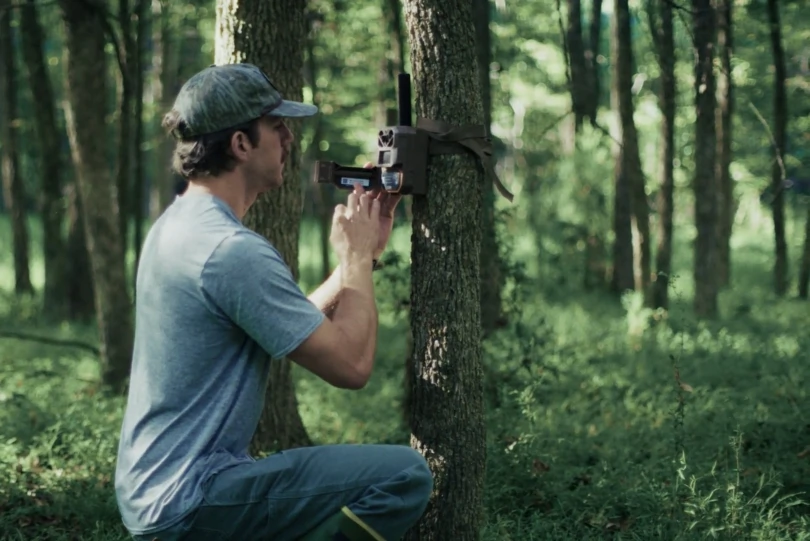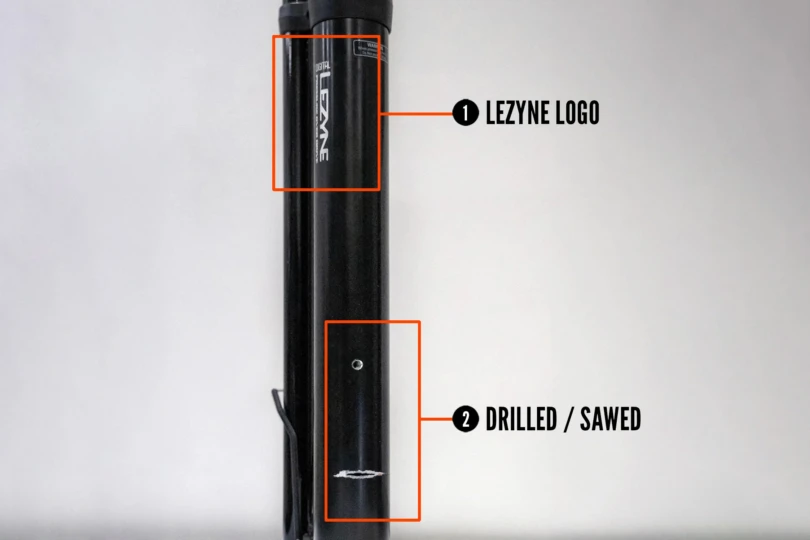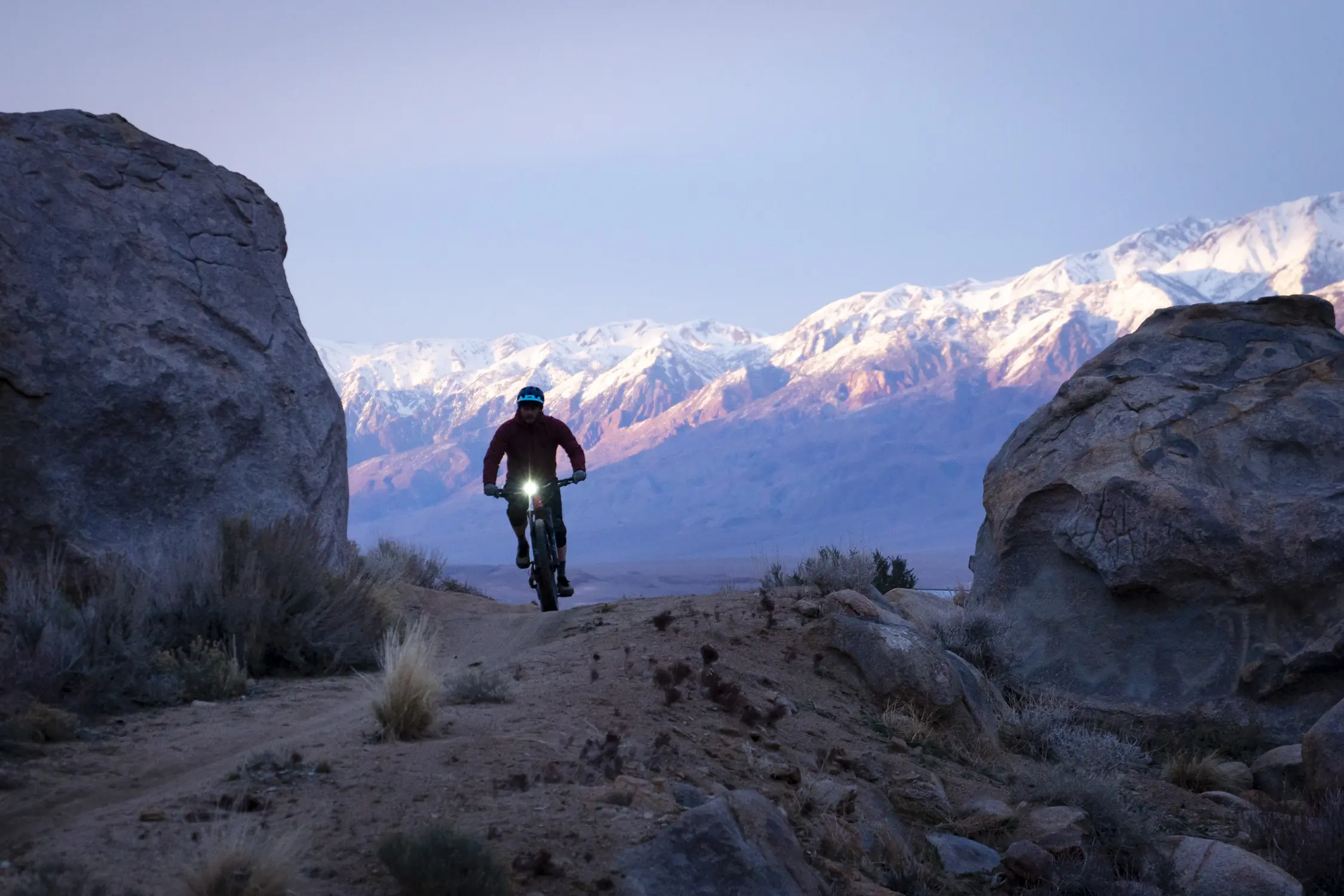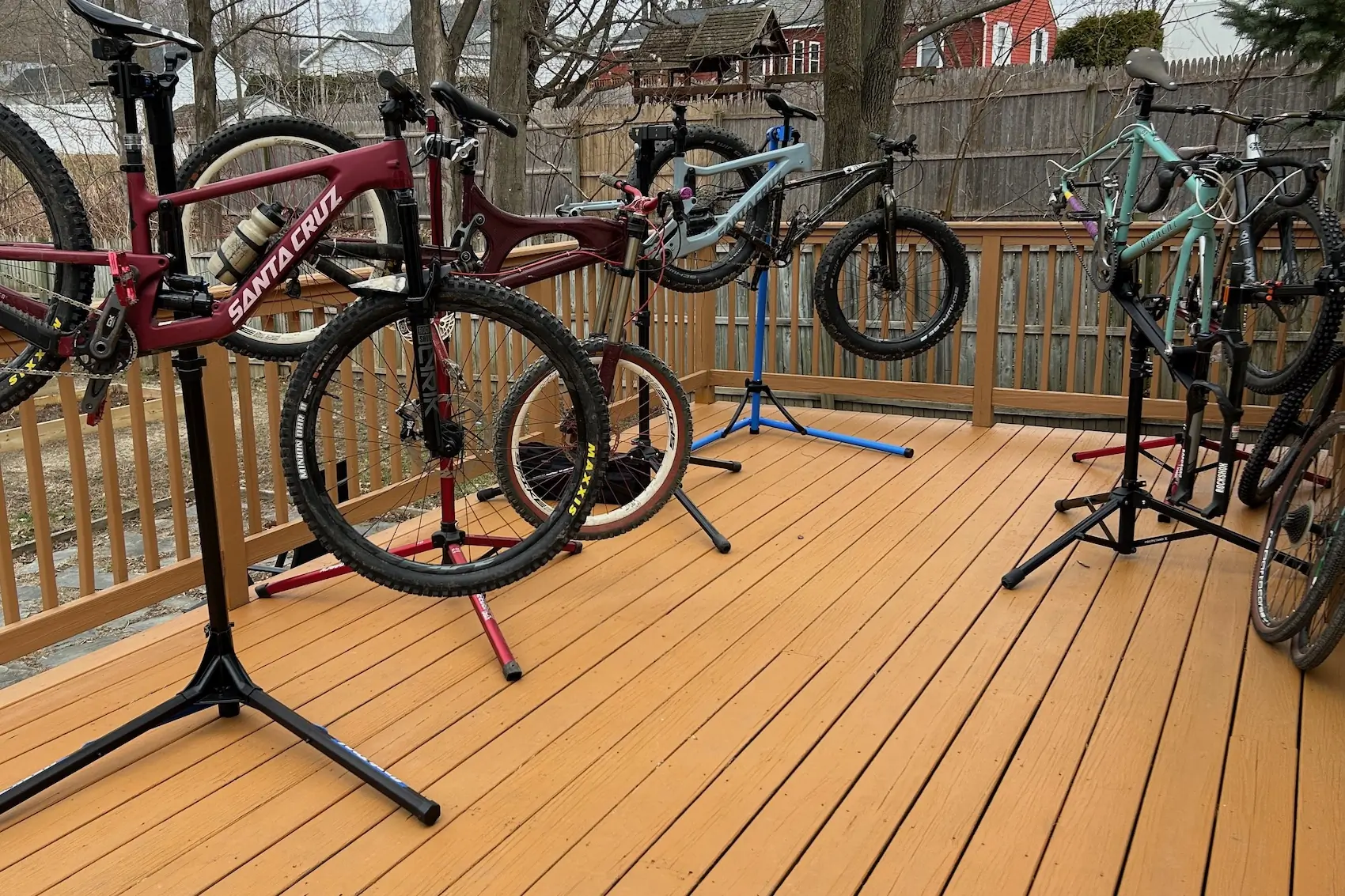I reluctantly test rode Cannondale’s latest e-bike, the Adventure Neo. Despite my best efforts, I couldn’t hate it. And that’s when I realized: I’d become a bike snob.
I find spandex as uncomfortable as it is unflattering. And I don’t understand why some folks wear brand-splashed Lycra kits to ride to work. You could just as easily wear cutoff jean shorts and a tee (or heck, no shirt at all!).
I see how seriously other people take cycling, and I think it’s silly. Cycling is for everyone — it’s the very first machine many of us learn to use independently and expertly, and it can be our first foray into real adventure.
So when I hear mechanics impatiently “speaking bike” to someone who just wants a tuneup, or I see a peloton of “cyclopaths” dominating a paved trail — I think of them as bike snobs.
I think of them as separate from me. After all, I don’t speak bike and I pedal for fun.

At least, that’s what I used to believe — until I caught myself thinking and talking like there was a right and wrong way to bike. It turns out, I have a problem with e-bikes, and it took getting out and riding one to fully understand how wrong I’ve been in my approach to cycling.
Quick Background: E-Bikes and the Media
To get to my point quickly, I first need to share what it’s like to be an outdoor gear journalist today. Over the last 5 years, I’ve watched my email inbox explode with e-bike pitches. It has been staggering, to say the least.
In 2015, the only “e” that made its way into press materials from the bike industry was for ultra-high-end electronic shifting (like Di2). Then, e-bikes slowly peeped their strange faces into odd press events. Those first bikes were more novelty than utility, and their unwieldy designs left little doubt e-bikes would remain mere concepts.

My own first ride on an e-bike put me astride a three-wheeled fat bike monstrosity dubbed the “Juggernaut.” It was fun, sure — the same way driving a monster truck would be fun. But would I ever want to navigate it down city streets, take it on road trips, or try to park it? Hell no!
But as with any idea, e-bikes didn’t just go away. They found nooks and crannies within the bike industry. An e-bike pitch every other month turned into every other week, then every other day. Prices for battery-powered bicycles went down as fast as their weights.
And before long, the big kids on the block — Trek, Specialized, and, yes, Cannondale — saw a proven concept and decided to throw their own R&D at what was now a bona fide trend.
A Lot to Dislike
Here’s a humbling revelation: I didn’t like e-bikes because I didn’t understand them. They’re different than what I’m used to, so I, however unknowingly, chose to not accept them. What kind of mindset is that?
I saw bicycles as correct just the way they were. I liked riding them without motors, so what right did bike companies have to start changing everything I liked about them? In an era when everything is a “smart” something-or-other, bikes remained simple. In an age where everything is increasingly geared toward convenience, bikes still presented a physical challenge.
What’s more, these bikes didn’t even look right. Gaudy, fat tubes did little to hide the bikes’ gargantuan powerplants. And what happened when that battery ran out? You were left with a bike that had no “e” and wouldn’t work as well as its old-fashioned cousins. What a joke!
But perhaps most insidious of all was the sense that those who rode e-bikes skipped the line. They didn’t embrace the bikes the rest of us loved, and suddenly they were on our paths and in our lanes. Heck — they were passing us!
I blamed brands as much as I did riders, if not more.
So Much More to Love

It was around this time of gnashing teeth and stubborn non-replies to e-bike emails that one of my very good friends — himself a PR agent for Cannondale and a licensed road bike racer (surely, a bike snob if ever there was one) — pitched me on testing a new bike.
His pitch was dialed, offering a day out of the office, cruising around Boulder, Colo., logging miles, and stopping for coffee and victuals along the way.
“You’ll be testing Cannondale’s new Adventure Neo!” he told me. I didn’t need to hear another word. I excitedly replied “Yes!” and marked my calendar. I could not wait to ride this new bike.
Had I read the entire email, I would have certainly balked at “a new urban style e-bike.” But when I showed up in Boulder, I came face-to-wheel with a step-through frame with a built-in cycling computer and integrated headlights and taillights — all drawing their pulse from an electric heart, hidden inside the frame.
“Bro, are you ready to shred?” my friend asked, beaming. I was, to put it mildly, skeptical.
Never Say No to a Bike Ride
I like to ride fixed gear and I like to ride fast. I’m more at home surrounded by sedans and pickups downtown than I am in the company of pedestrians and Rollerbladers on winding paths.
So it might not surprise you to hear that most of my friends don’t enjoy riding with me. But what I realized as I thumbed the Bosch interface that controlled the motor’s pedal-assist power was that a bike like this could actually make it more fun for others to ride with me. Sure, I’d still need to dial back my own “Road Warrior” habits, even on an analog bike. But I could conceivably invite my 70-year-old dad to go for a ride on the electric Adventure Neo — a ride that neither he nor I would hate!
And given the way these bikes have evolved, brands can now design them to be balanced, comfortable, and fast all at once. It’s a testament to the marketing jargon that accompanies virtually every e-bike pitch: accessibility. That word is so tied to the rise of e-bikes that I’ve begun to tune it out — but if access isn’t something you need, you can’t possibly understand how valuable it is to someone who does.

Push-button speed, a stable ride, and extras like a built-in rack and always-on lights make pedal power an option for many more people on many more occasions.
Zero-Sum Game
That issue of access raises another good point (and, humbly, another one that I originally missed): No one can ride a bike and drive a car at the same time. So every time someone opts to ride a bike, that’s one fewer car hitting the road. And if that option is open to more people, that’s potentially a whole lot more cars not ferrying people around on their errands.
This isn’t a case against driving — far from it. Virtually everyone drives some of the time. But we can all agree on two things: First, biking on roads with fewer cars is safer, and, second, driving on roads with fewer cars is less stressful. Win-win!
Dare You Not to Smile

There’s no way around it: E-bikes are fun. While I don’t expect I’ll actually own an e-bike anytime soon (I still love the effort and simplicity of my fixie), they’re guaranteed smile-makers.
Don’t believe me? Go to a dealer and take one for a spin. If you happen across a Cannondale dealer, check out the Adventure Neo and, at a stoplight, toggle that pedal-assist to “Turbo.” Then try not to smile when the light turns green and you scoot through the intersection ahead of every combustion engine behind you. If there’s a Tesla in the pack, best of luck to you.
That was the real light bulb moment for me. If I’m having this much fun on an e-bike — someone who doesn’t need or really want one — imagine how much fun it is for people who truly benefit from it, like those recovering from injury?
I apologize, e-bikers. You’re always welcome on the paths and in the lanes right along with me. Let’s go for a ride!

